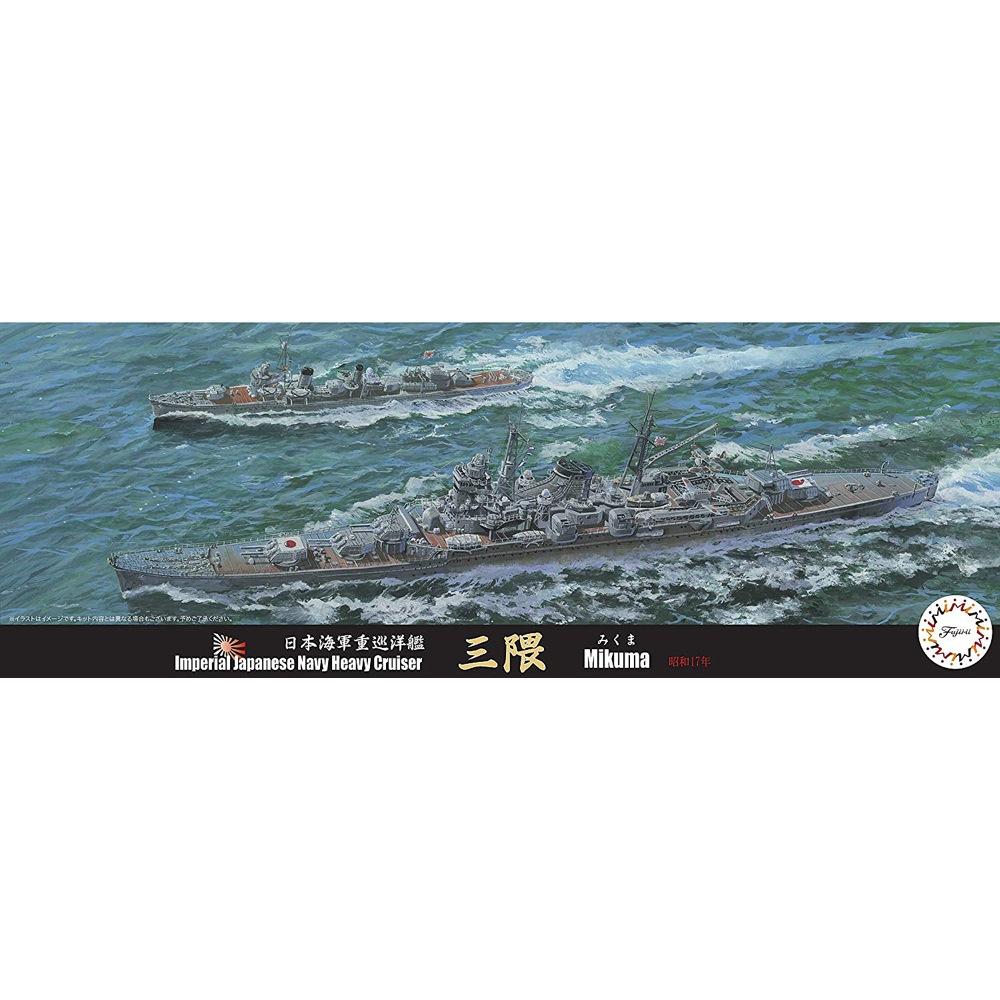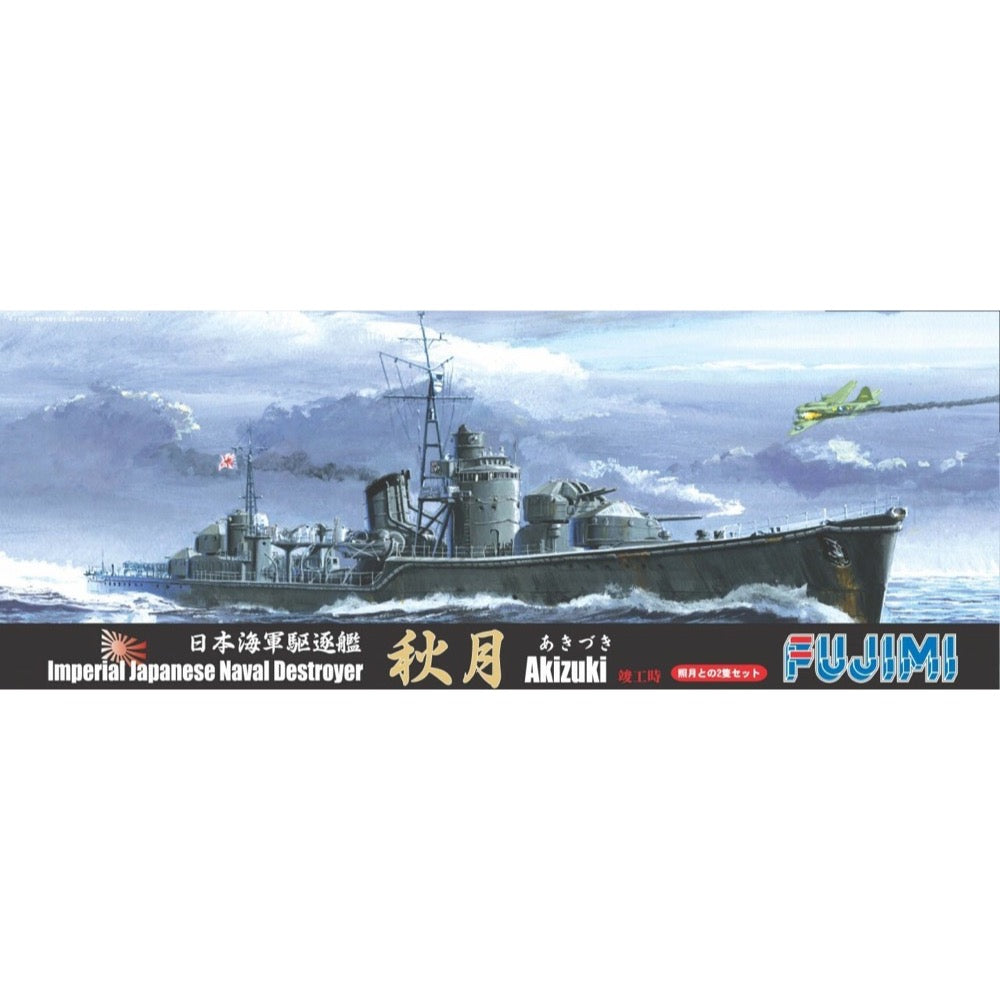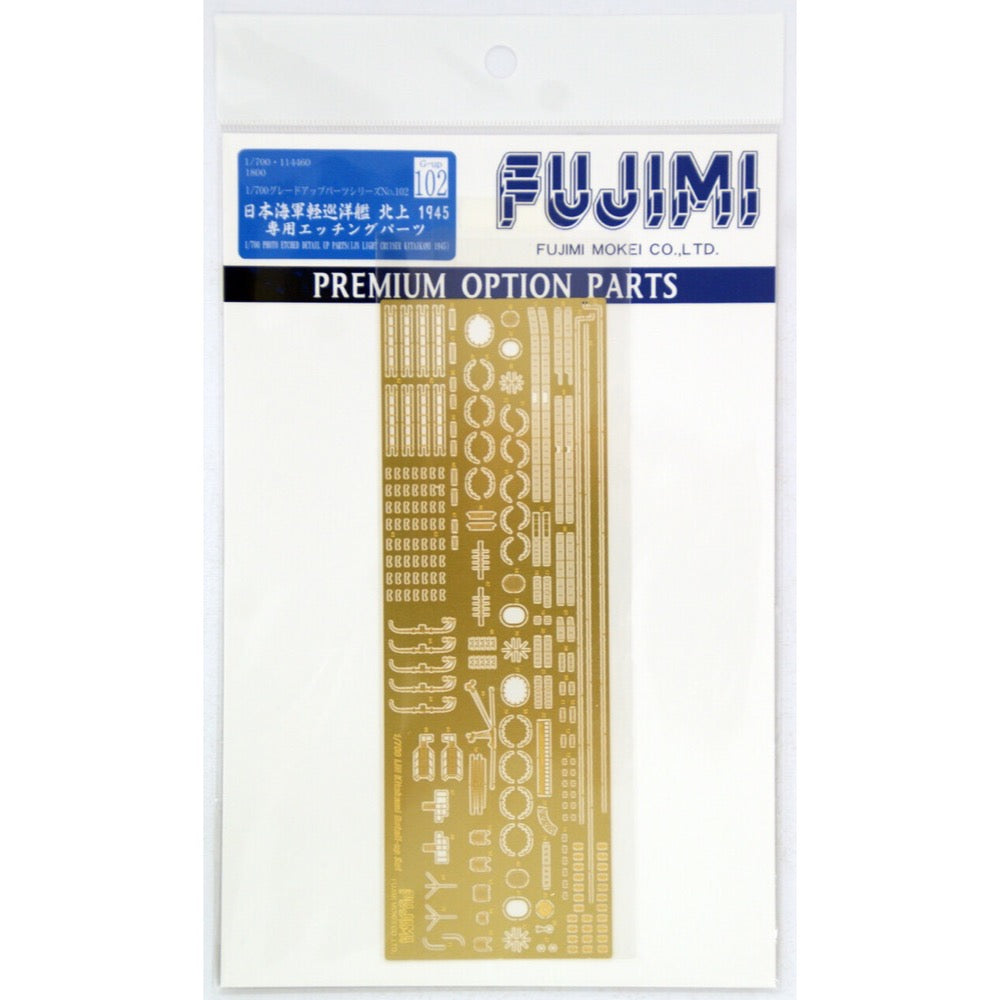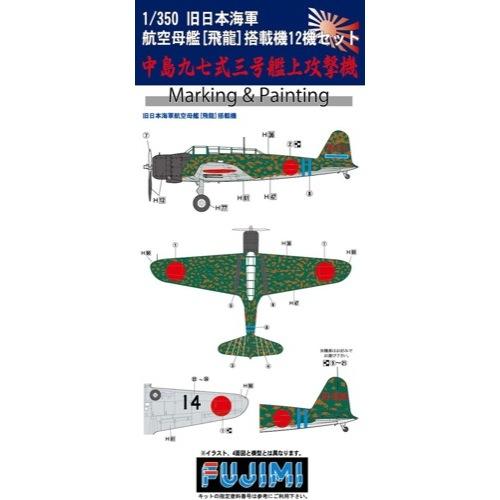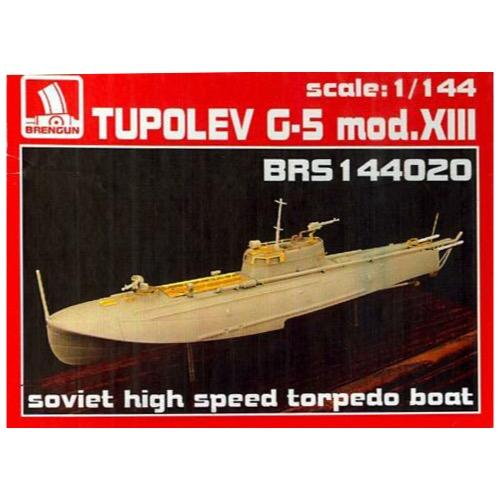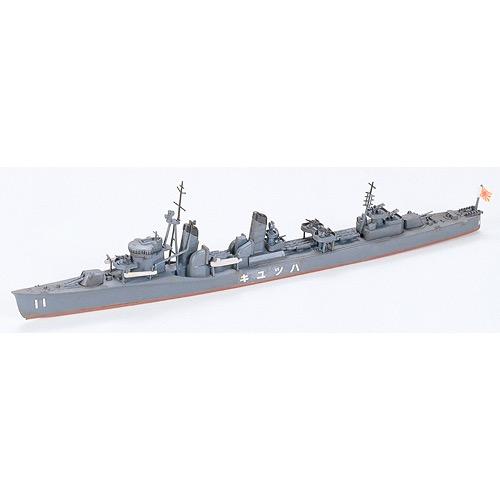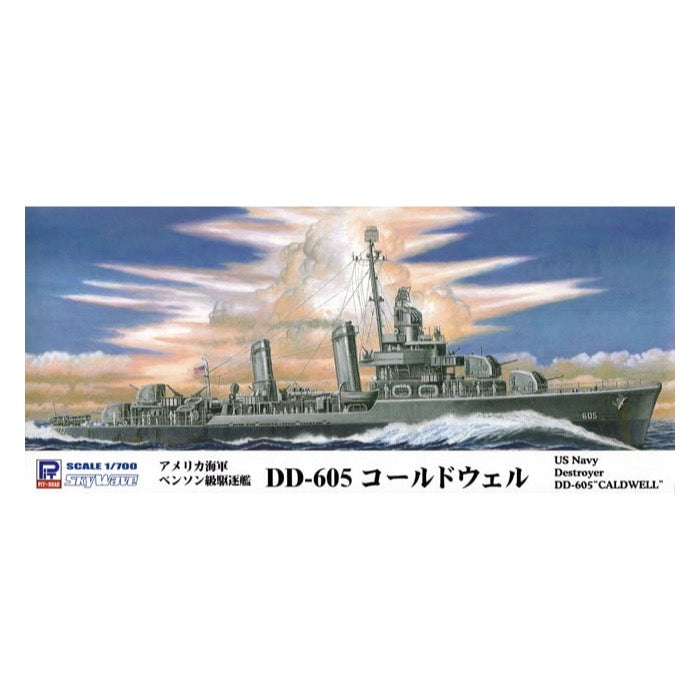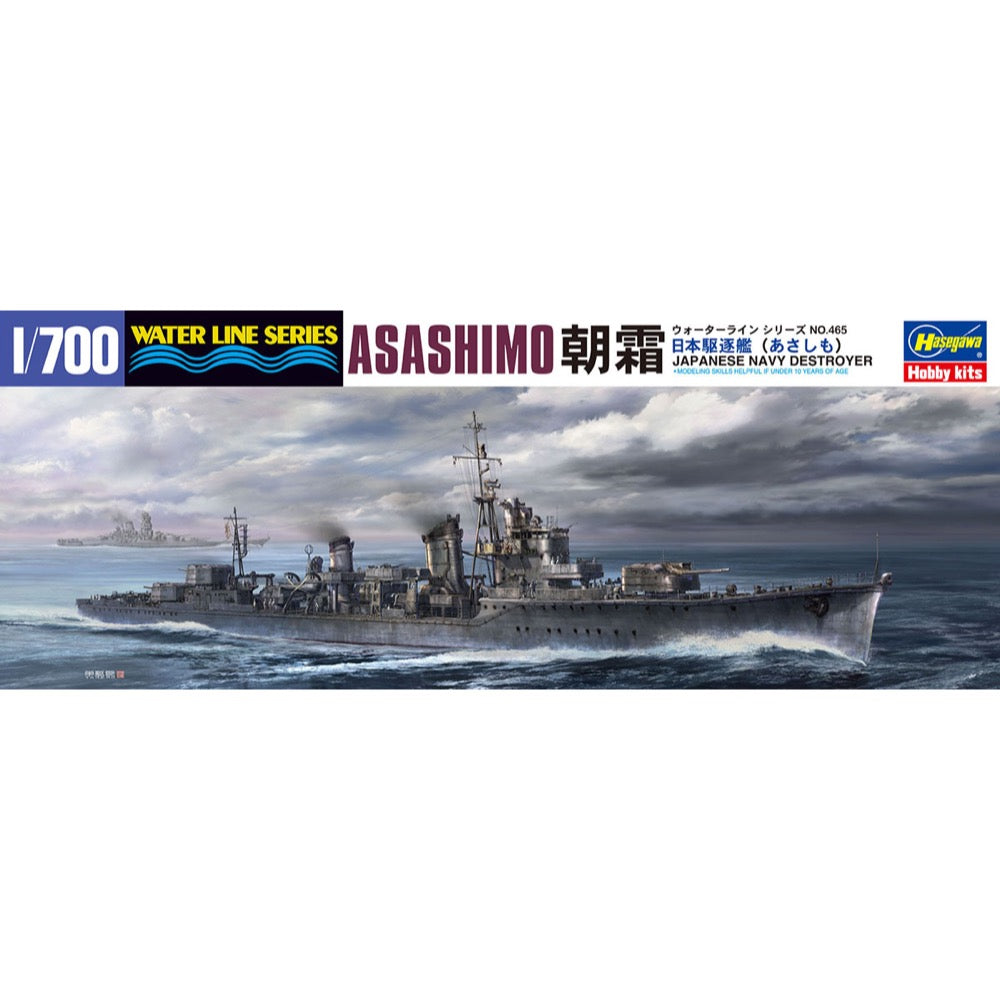
Hasegawa 49465 1/700 IJN Destroyer Asashimo
The Asashimo participated in the Battle of the Philippine Sea, the battle of Leyte Gulf, and was the only destroyer to survive the Battle of Ormoc Bay. The Asashimo was sunk on 7 April 1945 by an attack group from the USS aircraft carrier San Jacinto.
Specification
- Mold Color: Gray
- Scale: 1/700
Includes
- Decals
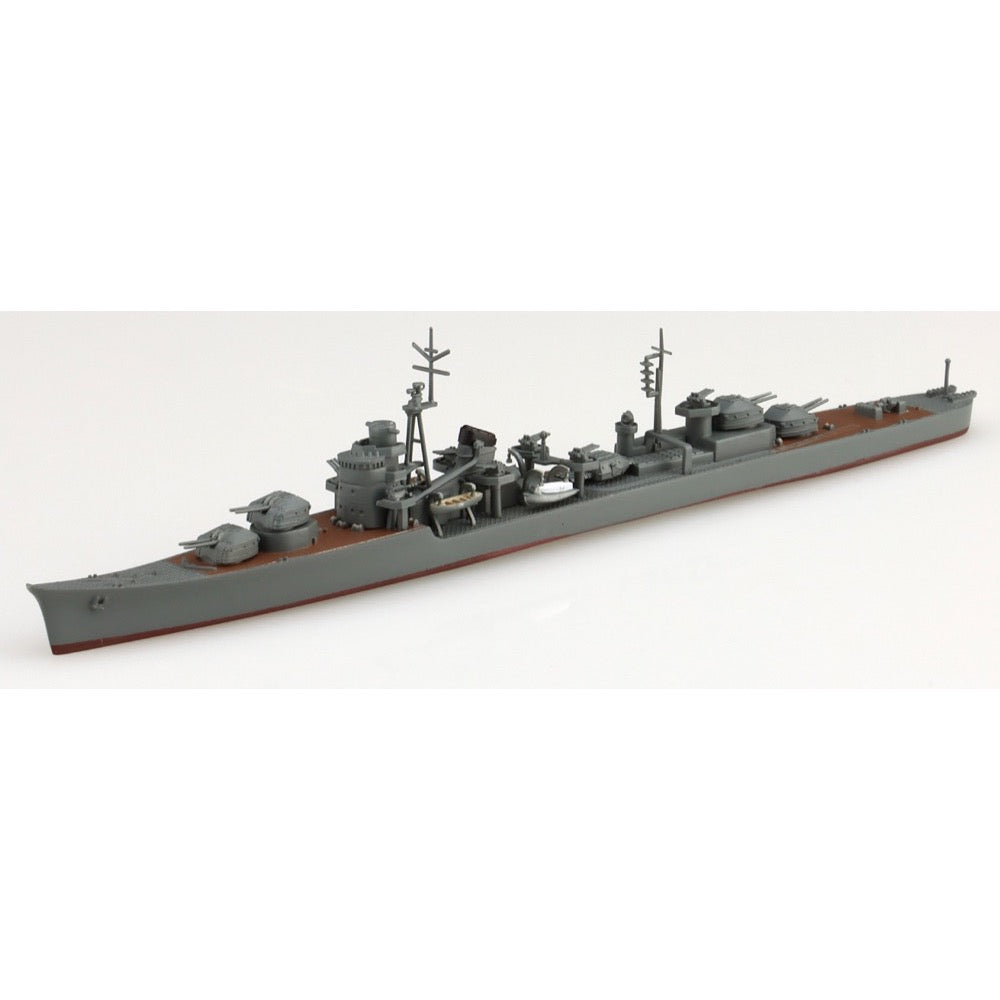
Aoshima 06669 1/700 Japanese Navy Destroyer Suzutsuki
On Dec. 29, 1942, the Suzutsuki was completed at the Mitsubishi Nagasaki Shipyard as the third Akizuki-class air defense destroyer equipped with a long 10cm gun. After completion, the 61st Destroyer Squadron was formed with four ships: Akizuki, Suzutsuki, Hatsuzuki, and Wakatsuki. Suzutsuki's first mission was on March 22, 1943, on a mission to transport property for an air base. Upon completing her mission and returning to the mainland on May 22, she escorted the battleship Musashi back to Yokosuka. After that, she was engaged in convoy escort and transport operations. In 1944, she was severely damaged twice by torpedo strikes from American submarines, having her bow severed, but each time she recovered and returned to the front, demonstrating her strength of military fortune.
On April 6, 1945, Suzutsuki participated in Operation Tenichi-Go, the Yamato surface special attack operation, and worked with Fuyutsuki to defend the battleship Yamato. Suzutsuki fired anti-aircraft fire to defend Yamato, but ended up coming under fierce attack from U.S. military aircraft herself. As a result of this attack, the bridge was completely destroyed, the engine section and the front of the hull were severed, and the ship was unable to take action. After the battle, Suzutsuki was thought to have been sunk, but she managed to return to Sasebo, where she was hurriedly placed in dock. However, once she was taken into the dock, she sank to the bottom as if exhausted while being drained of water. When she was repaired at the Sasebo Arsenal, her bridge was changed to a simplified square strudture, and she was converted into an air defense battery without power. During the Sasebo air raid after this air defense battery was renovated, she shot down an incoming P51 Mustang fighter. Suzutsuki ended the war as an air defense battery, but after the war the structure above her hull was removed, and she, along with her sister ship Fuyutsuki, became a breakwater in Wakamatsu Port, Fukuoka Prefecture.
Aoshima brings us a 1/700-scale waterline model kit of the third Akizuki-class destroyer, Suzutsuki, which participated in Operation Tenichi-Go along with the battleship Yamato. Her appearance in the latter half of the war, when her anti-aircraft weapons were greatly strengthened, can be accurately reproduced in a simple and easy-to-assemble parts configuration. New equipment has been added, including the 10cm high-angle cannon, which is a characteristic of Akizuki-class destroyers, and an enhanced anti-aircraft gun. Many parts are slide-molded for density and precision; in addition to armaments such as destroyer main guns and machine guns, carrier-based aircraft and other equipment have been updated. The following parts are updated with new molds:
- Type 96 25mm triple machine gun
- 70cm signal searchlight
- Direction finder antenna
- Type 98 10cm twin high-angle gun
- No. 13 electric probe
- No. 22 electric probe
- Type 92 quadruple torpedo tube
- Type 94 depth charge thrower
- Quartrant davit
- Radial davit
- 7m fire boat
- 7m cutter
- Anchor
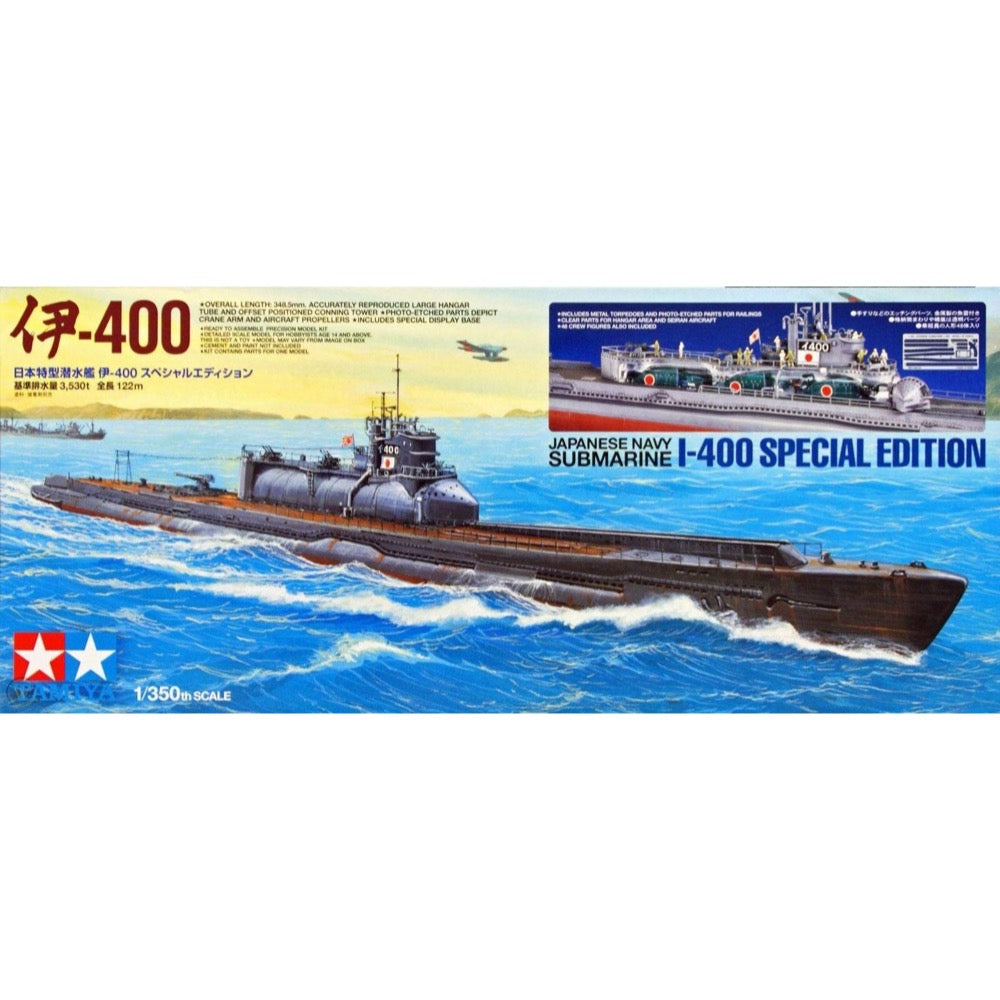
Tamiya 25426 1/350 Japanese Navy Submarine I-400 Special Edition
Tamiya is pleased to announce the limited edition re-release of the previously sold 1/350 scale I-400 Japanese Navy Submarine (Special Edition) under the part number 89776. It has been fifteen years since the first production of this model.
I-400 was built as a submersible aircraft carrier the likes of which the world had never seen and was capable of launching three Seiran aircraft. With an overall length of 122m, a beam of 12m and a submerged placement of 6560 tons, she was comparable in size to a destroyer-class warship and was the largest submarine in the world at the time. Also, she had the ability to circumnavigate the world one and a half times without needing to refuel. It was possible for I-400 to make surprise attacks on both the East Coast of the United States and the Allied-held Panama Canal. Construction of I-400 was completed near the end of World War II in December 1944. She was en route with the second submarine of her class, I-401, to engage U.S. Naval Base Ulithi but as I-400, however both submarines never had the opportunity to see action due to the end of the war. Due to its superior design, the I-400 is said to be the predecessor of modern strategic nuclear missile submarines.
This is a 1/350 model of the Japanese Navy Submarine I-400 with trans- parent hangar parts.
Created as part of a daring plan to attack major cities in the United States and the Panama Canal in the last stages of WWII, these three technologi- cally advanced I-400 class large aircraft carrier submarines never had the chance to see action due to the surrender of Japan.
Features
- This is a 1/350 scale plastic assembly model kit of the Japanese navy submarine I-400.
- Length: 348.5mm. Parts such as the large hangar tube of this huge submarine have all been painstakingly reproduced down to the smallest detail.
- Clear parts are included in the set allowing you to view the three Seiran aircraft stored in the hangar. The handrails along with the sailor figures around the hook and conning tower add more realism to your model.
- For added realism, photo-etched parts are included to depict the crane arm, aft antenna mount, Seiran propellers and handrails. An adhesive guide sheet for handrail installation is also included.
- Kit also includes four metal torpedoes. The transparent parts for the Seiran canopy add more realism to the model.
- Forty-eight 1/350 scale figures are included to liven up
Including display stand for the Seiran aircraft attached to its transport trolley and a photo-etched display stand for the torpedoes.
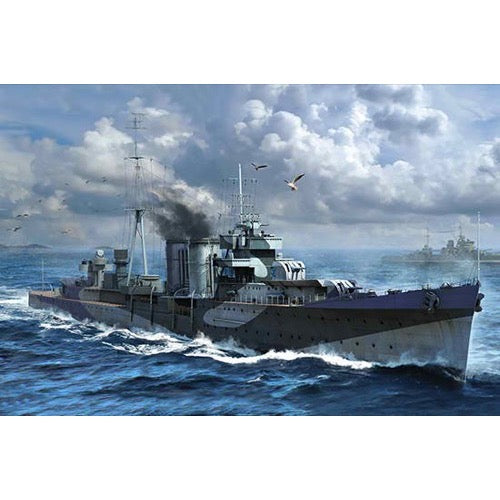
Trumpeter 05363 1/350 HMS Colombo C-class Light Cruiser
HMS Colombo on December 18, 1918 in Fairfield Shipbuilding launched . June 1919 to 1926 she had joined the Eastern Fleet in the Far East, he was reassigned to the United States and the West Indies waters. July 1932 to 1935, she returned to the Eastern Fleet.
Then early fall Colombo Royal Navy Home Fleet, she was also involved in the pursuit of the German battle cruiser Scharnhorst and Gneisenau . She then returned to England again refurbished by the line, and between August 1940 and June 1942 continue to return to the Eastern Fleet.
June 1942-March 1943 period and the same class of Colombo along with sister ship was converted into air-defense cruiser, and continue to participate at war. HMS Colombo survived the war, and on January 22, 1948 for sale in Cashmore, Newport shipyard for dismantling in May 13, 1948.
Features
- The kit contains over 300 parts
- The hull made from two-directional slide molds
- Deck wood pattern finely rendered
- Contains display stand
- photo etched parts included
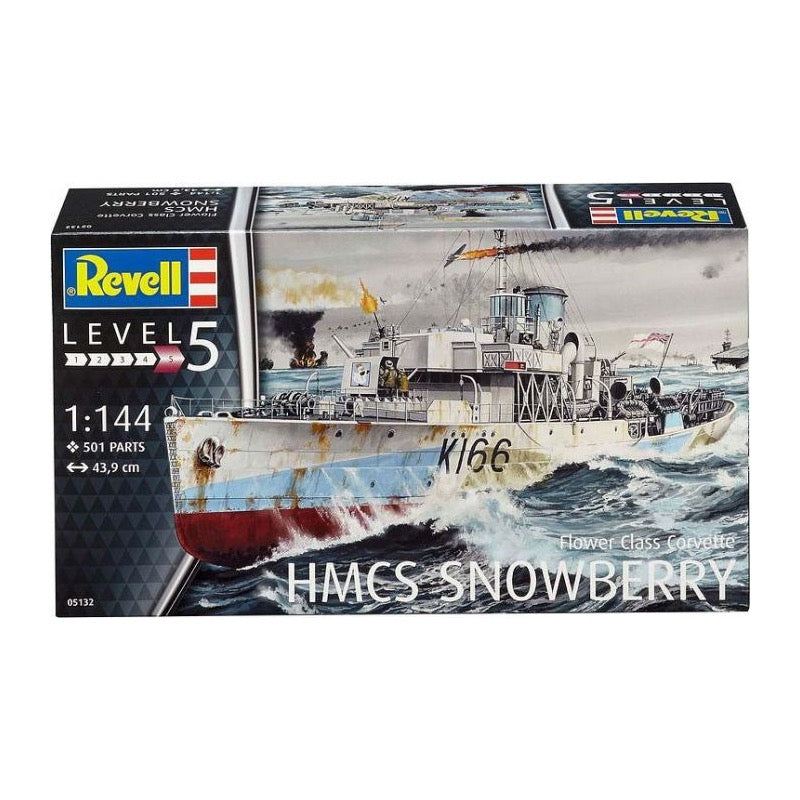
Revell 05132 1/144 Flower Class Corvette Early
Model kit of the Flower class, which, as escort for Allied ship convoys, bore the brunt of the fight against German U-boats in World War II.
Features
- Structured hull
- Movable propeller
- Detailed deck construction
- 10.2 cm main gun
- Pom pom gun
- Detailed radar tower
- Depth charge systems
- Display stand
Authentic decals for the following version:
- Flower Class Corvette HMCS Snowberry, Atlantic Ocean, May 1943


